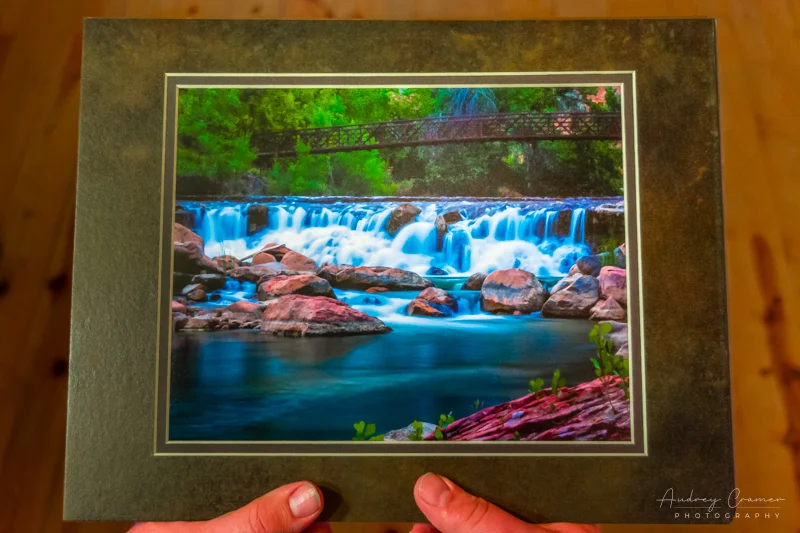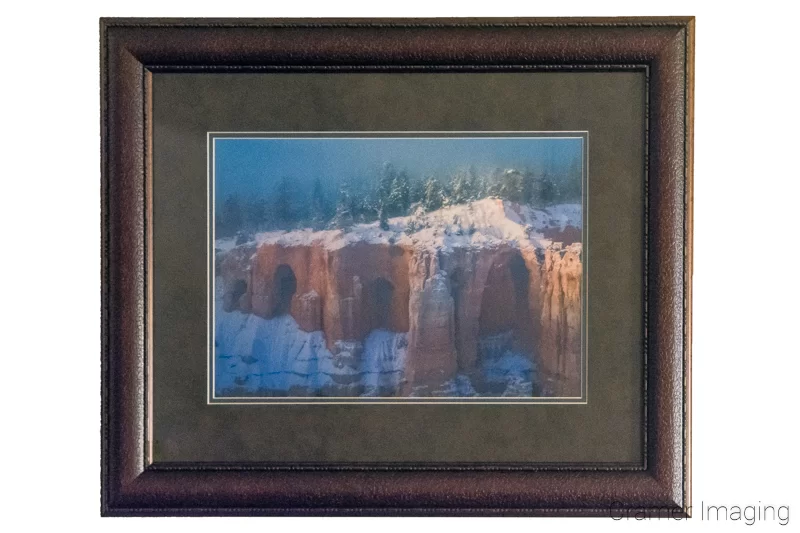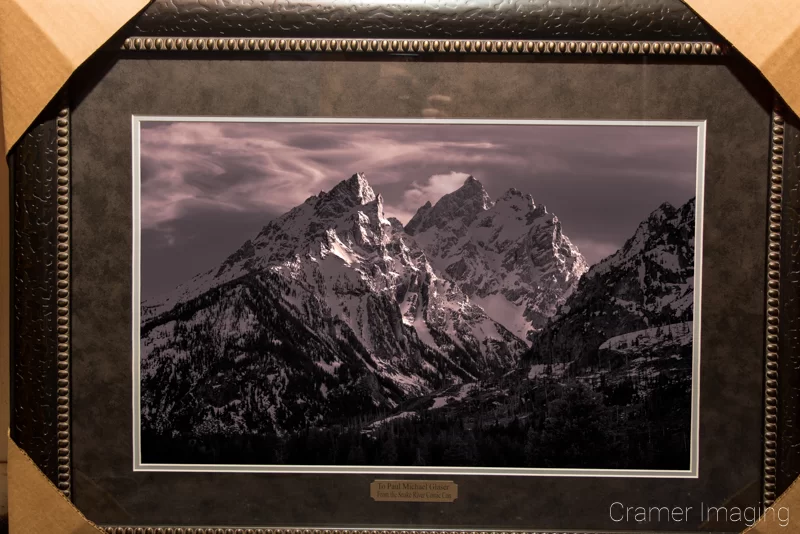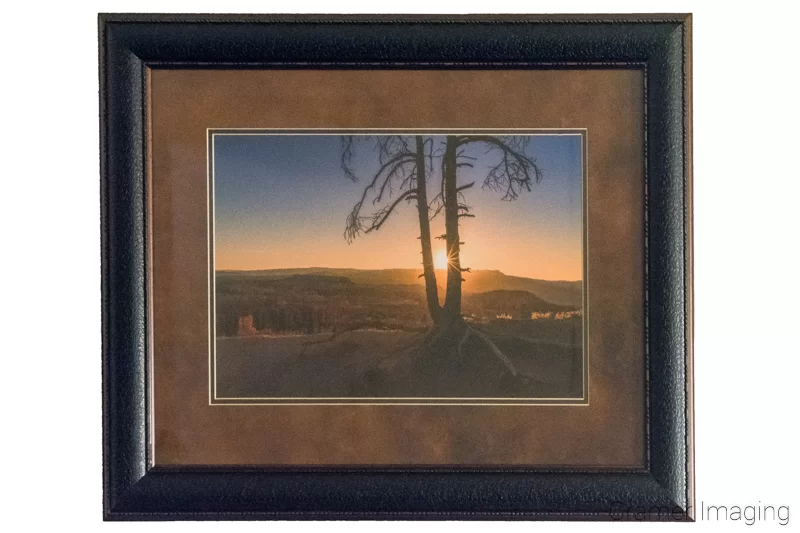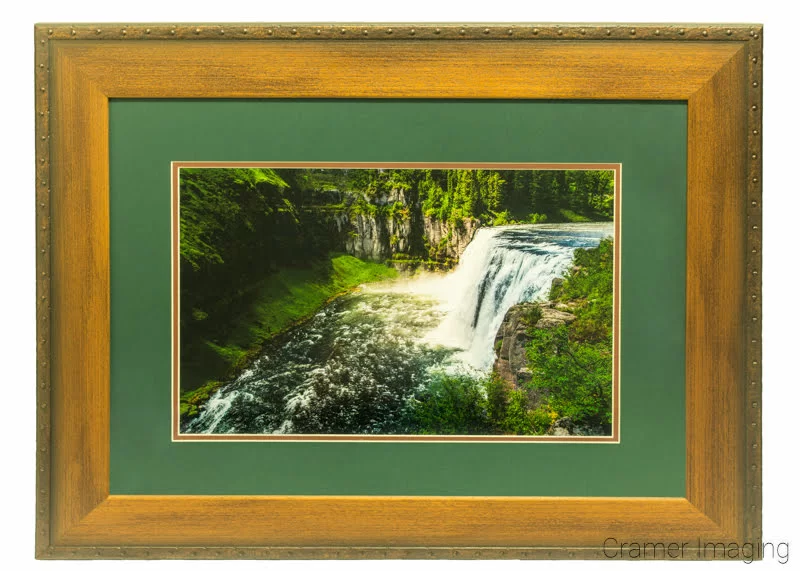Anyone can take a decent photograph. Almost any decent photo will look great on the computer screen. However, we don’t often see those pictures make it to print form anymore. When we print the photos we take, the prints don’t often strike the viewer the same way that the computer view does. The prints are found lacking. Very few people understand why prints from consumer grade printers or photo labs don’t resemble the fine quality prints of professional photographers. I would like to take the time to explain why. It all comes down to the right photo paper.
An Overview of Quality
As human beings, we crave having the nicest things we can around us for our own personal enjoyment. We’ll find plenty of top-quality goods and services on the market today. The problem is that we are not always willing to invest the necessary time and effort or money into obtaining what we want. This often leaves us dissatisfied with the results and we might have an unkind word or two about the vendor to say as well.
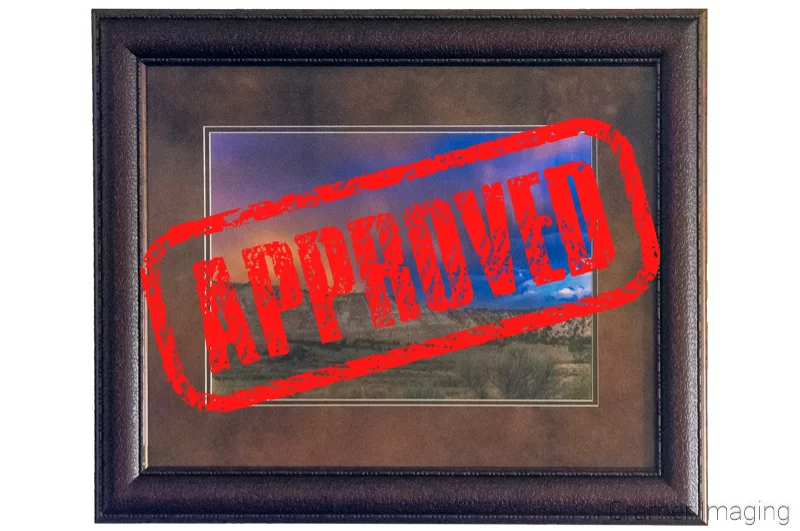
Merchants often take the blame for “bad products and services” when in reality the person who really deserves the blame is the customer who was unwilling to purchase better quality goods and services.
How Quality Applies to the Right Photo Paper
Indeed, creating a high-quality photo print, no matter what size, is a little bit like building a building. You need a sturdy and quality foundation from which to start things off with. Your photo paper of choice is your foundation.
An artist looking to paint a masterpiece will not use any cheap materials he or she can easily obtain anywhere. Those cheap materials will deter from the quality of the final image. Interestingly, such a poor choice in materials may even contribute to the early loss of a treasured masterwork.
When it comes to the final display piece, photography is no different from traditional artwork. Materials must be carefully chosen in order to generate the best quality photograph you can get. When making the selection of paper, there are a lot of options on the market readily available for consumer. Caution must be used in making the final paper choice or the prints will end up being that same level of sub-standard and disappointing photo prints we see lots of places.

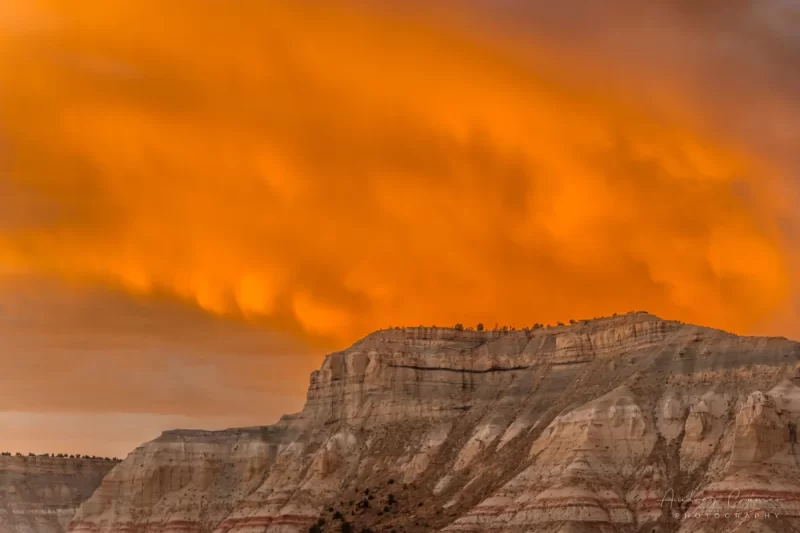

How Manufacturers Create the Right Photo Paper
There is a saying in our society: “you get what you pay for.” Photo paper is just one of a long list of examples of this phenomenon. It is a standard fact that cheap materials go into making cheap products. This is how businesses can afford to provide products at a very low price point for the consumer. However, no one ever brags up the quality of products from a company like Wal-Mart. We all know the well-established fact that the quality is not there in Wal-Mart products. Cheap products very rarely provide the level of quality we expect out of top quality and display-worthy photography.
High-end photo paper manufacturers take the time to research out their paper and ink. They research how the ink of a photo printer will interact with the fibers of the paper and any other substances added for shine, acid-free status, or durability. They also acquire the best possible products for their photo paper.
As a result, any photographs printed on that kind of paper end up looking far better to the eye than the cheaper products found elsewhere. These photo prints will also last longer since longevity is also a factor in creating high quality photo paper. Knowing this fact, professional photographers seek out the quality photo papers these manufacturers make. So, if your photographer is worth his/her salt, he/she will do the same.
Conclusion
In conclusion, most average consumers cannot afford or justify the expense of top-quality photo paper. Many simply have no use for such. However, you can always guarantee that professional portrait and wedding photographers can and will have lots of high-end paper on hand.
Professional photographers want your portrait and wedding photos to look their best even more than you do, if you can believe that. Your professional photographer would be happy to assist you in making a proper paper selection for your photographs.
So, at Audrey Cramer Photography, we carefully researched the qualities of the paper we use for generating your photo prints. We assure you top quality. If you have any questions about our choices for photo paper, please ask. We would be happy to help you better understand the qualities of top-of-the-line photo paper. Just drop us a line and we’ll answer your questions.

